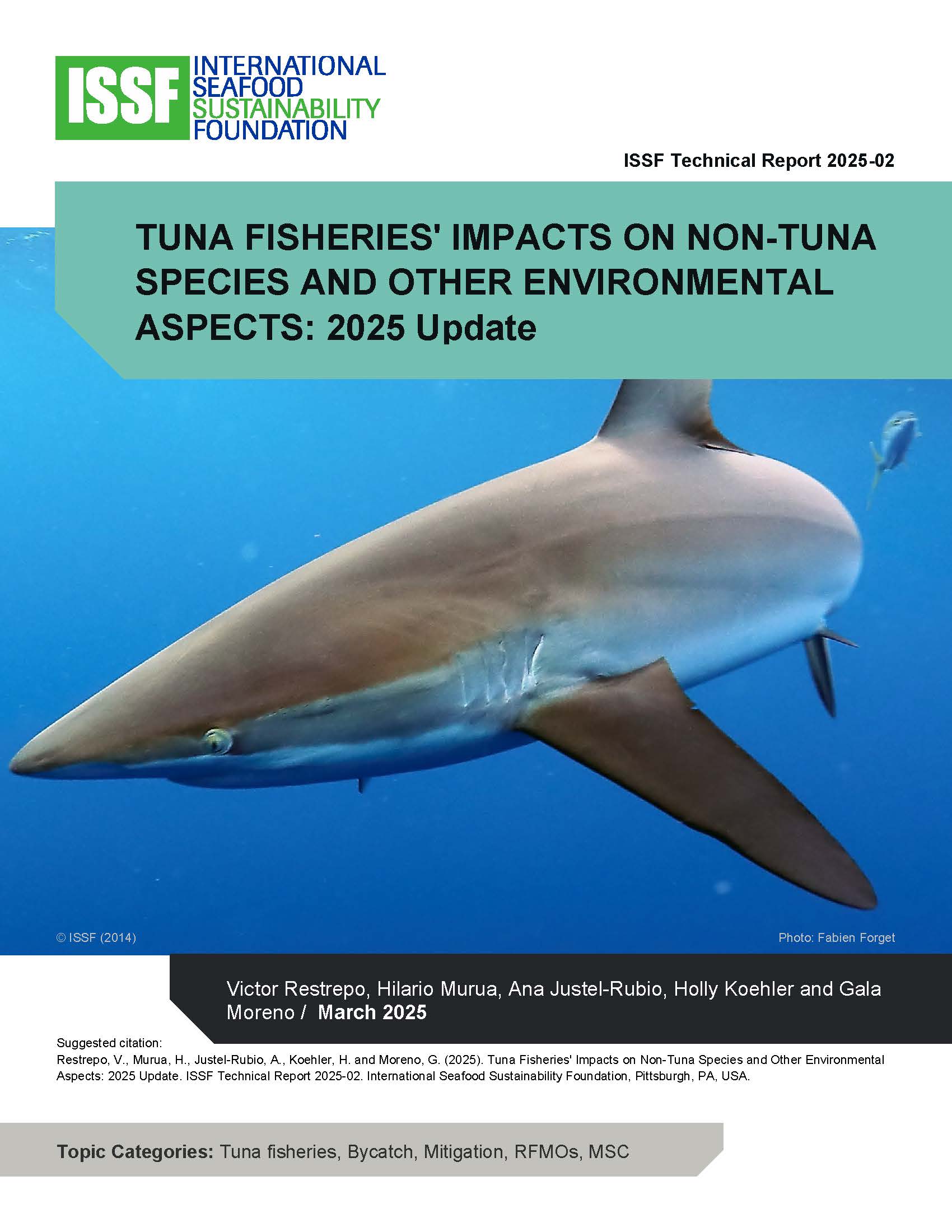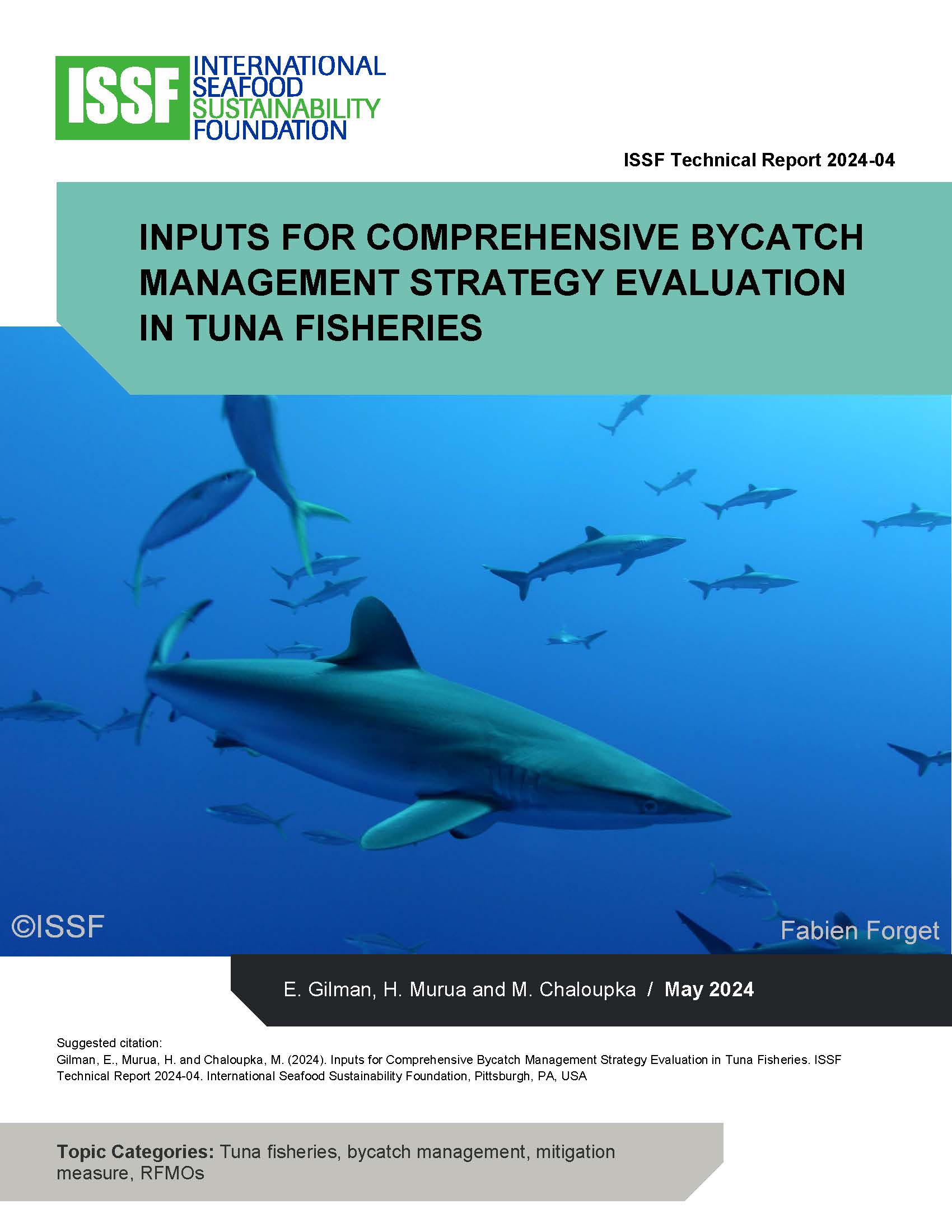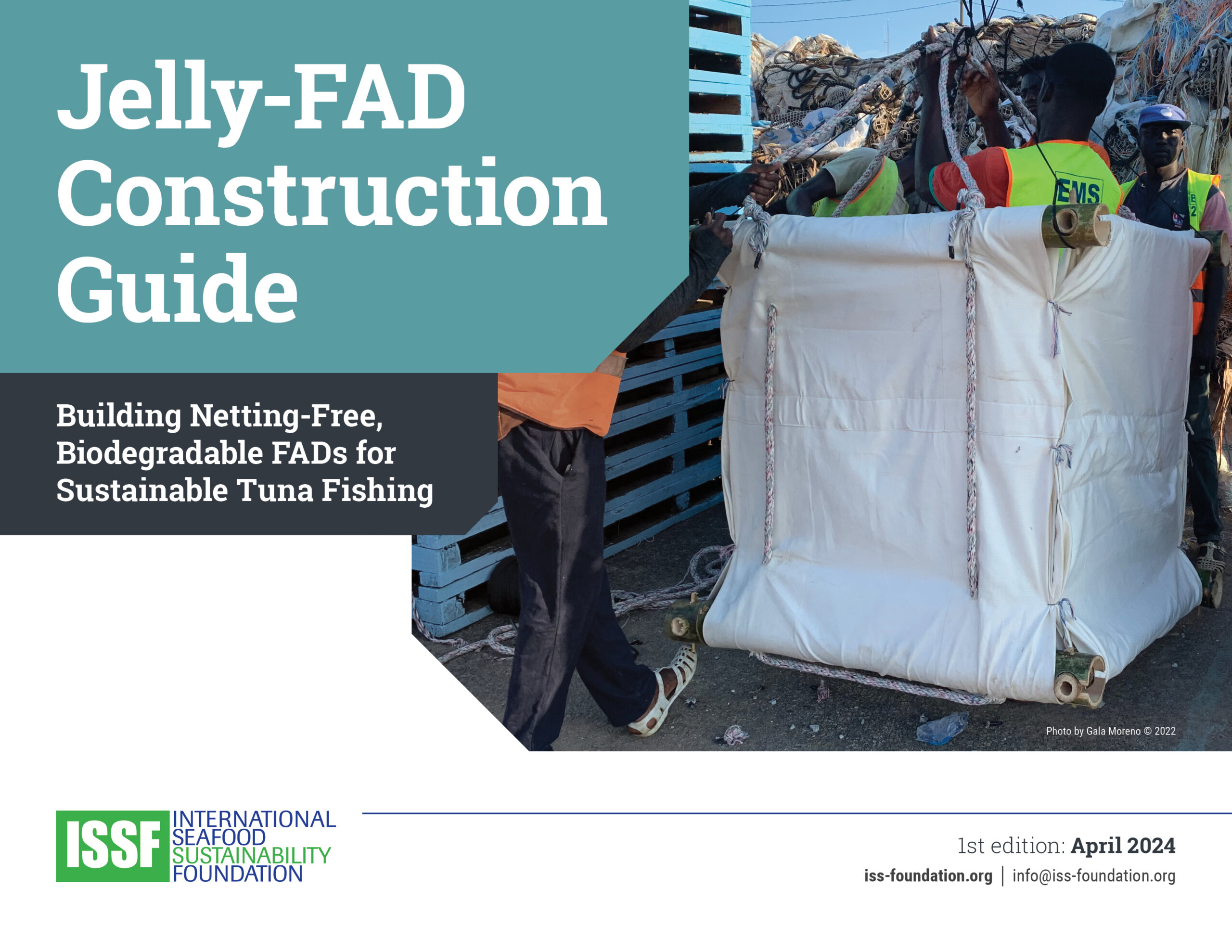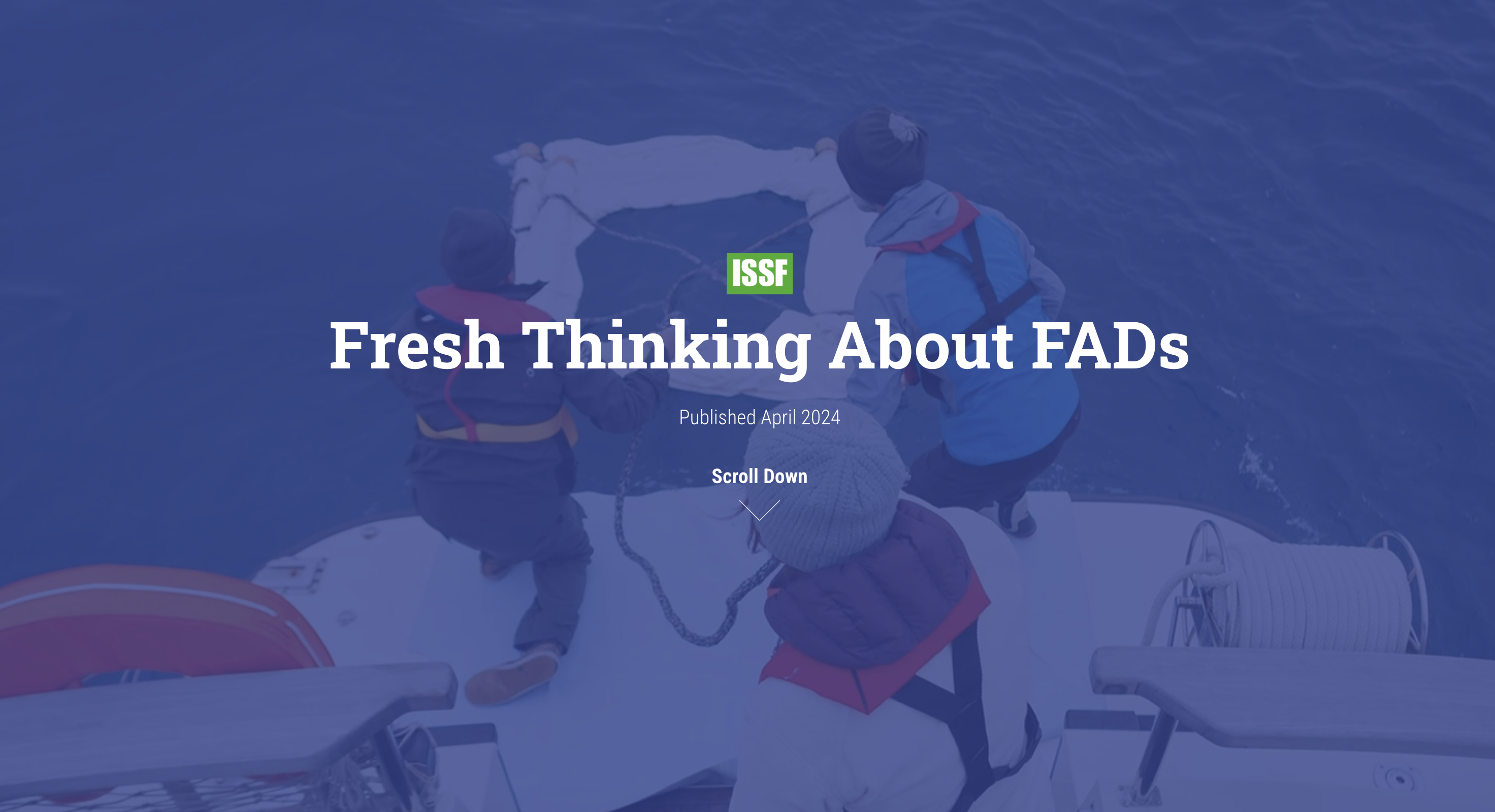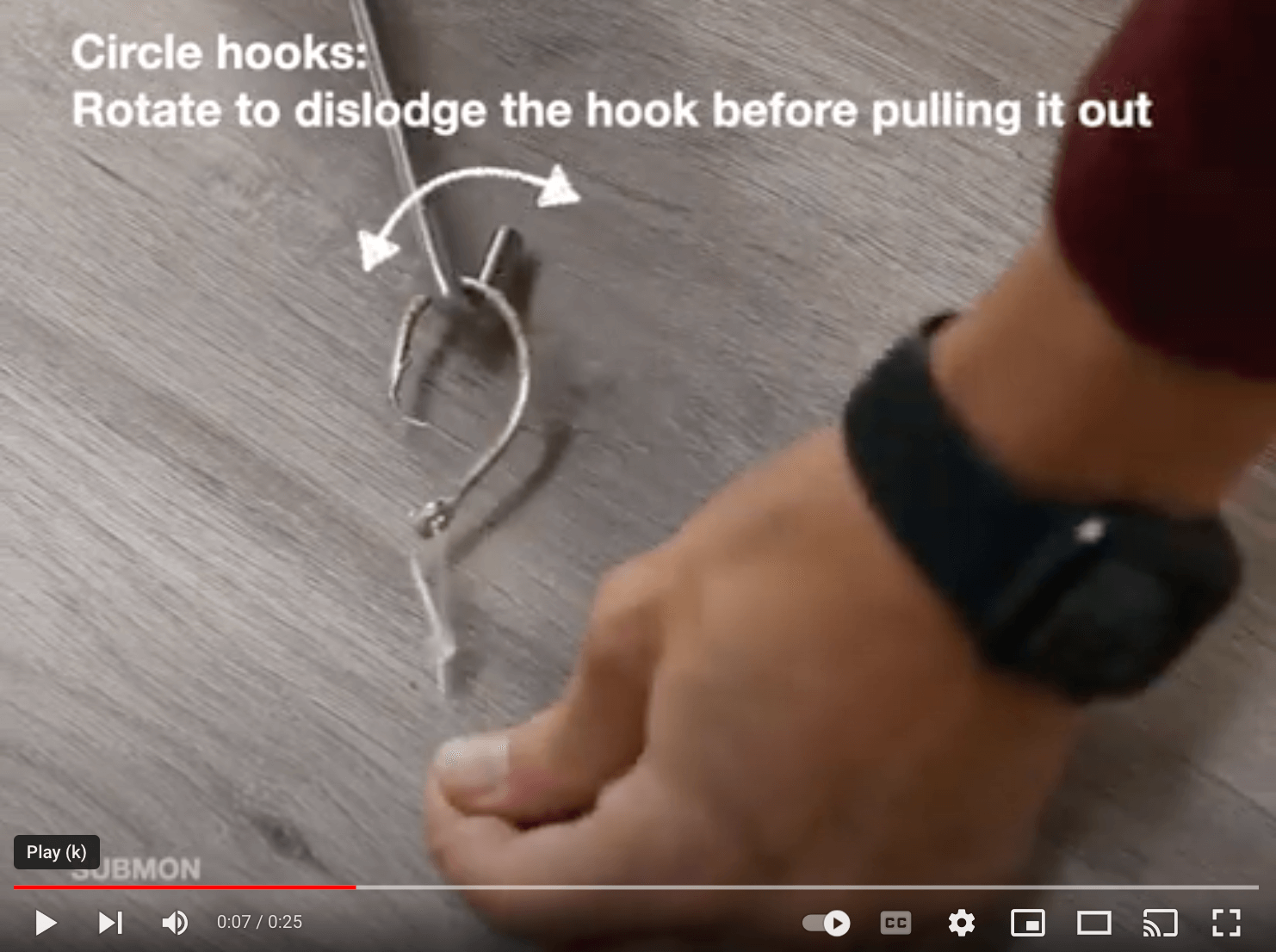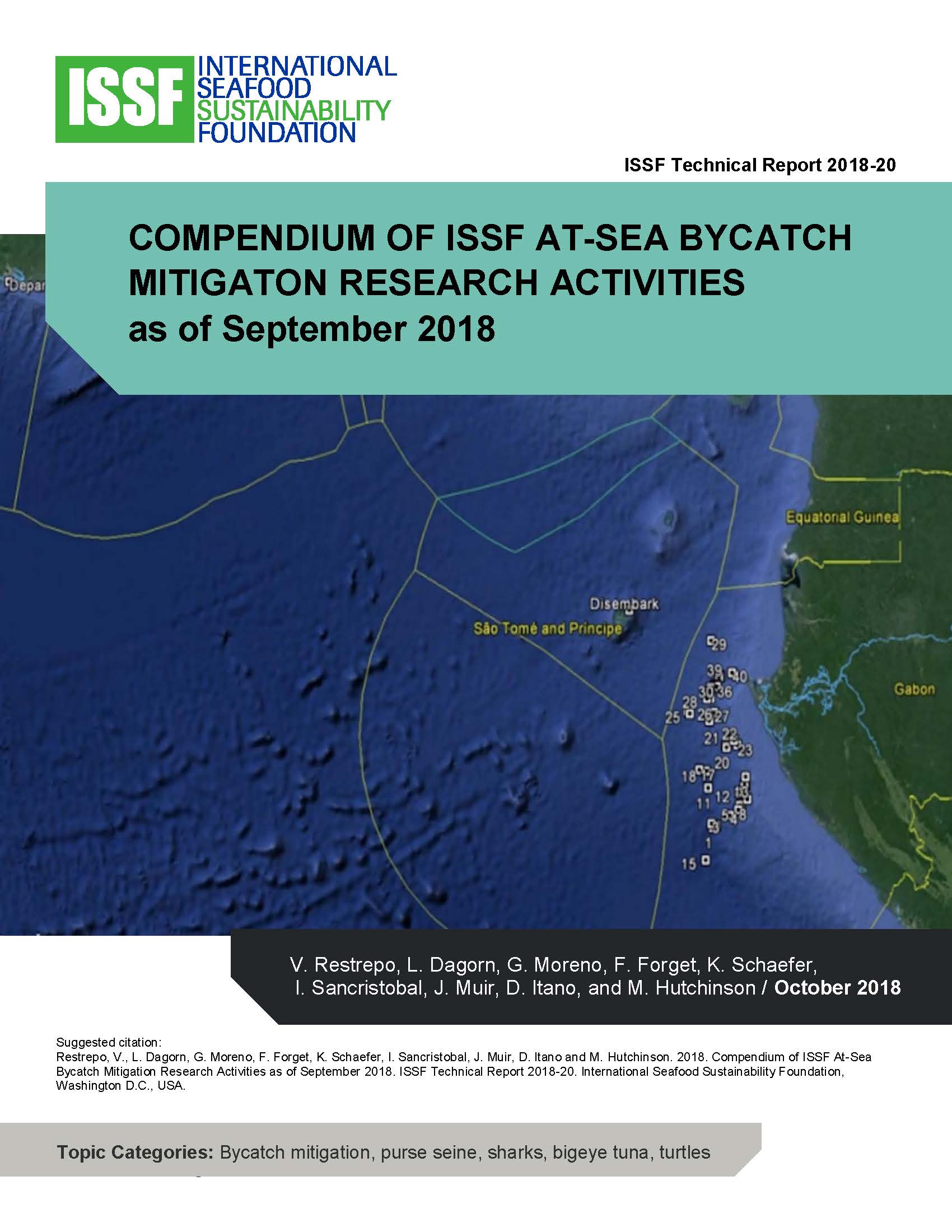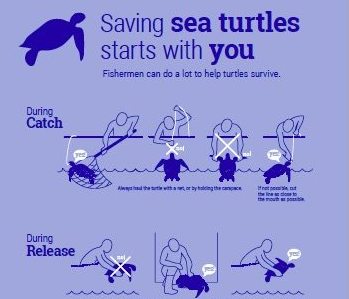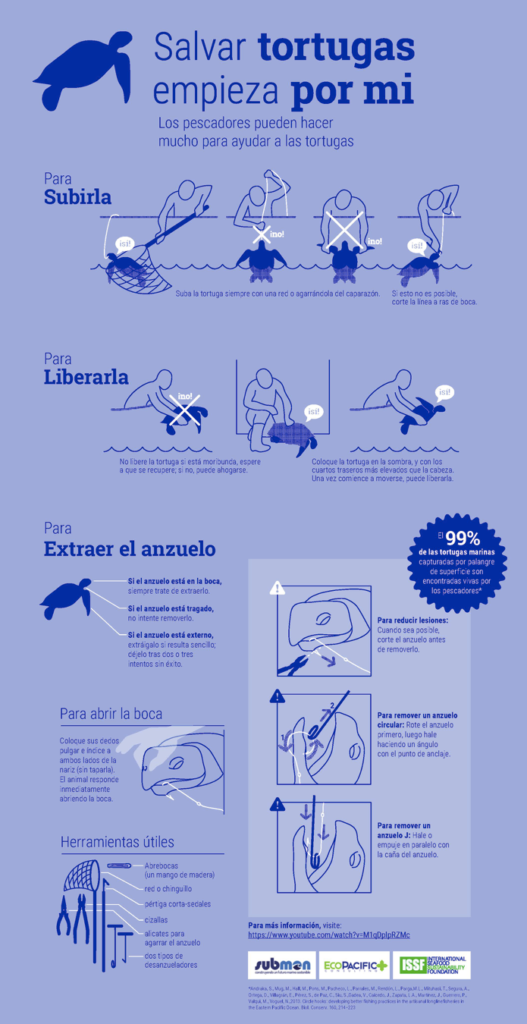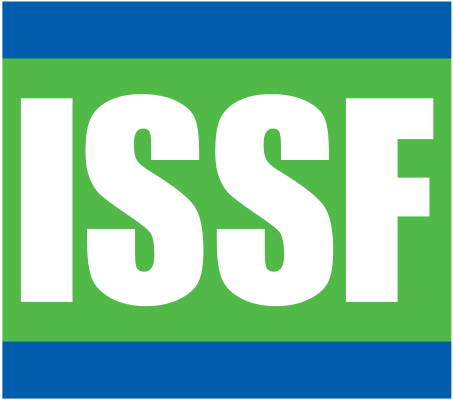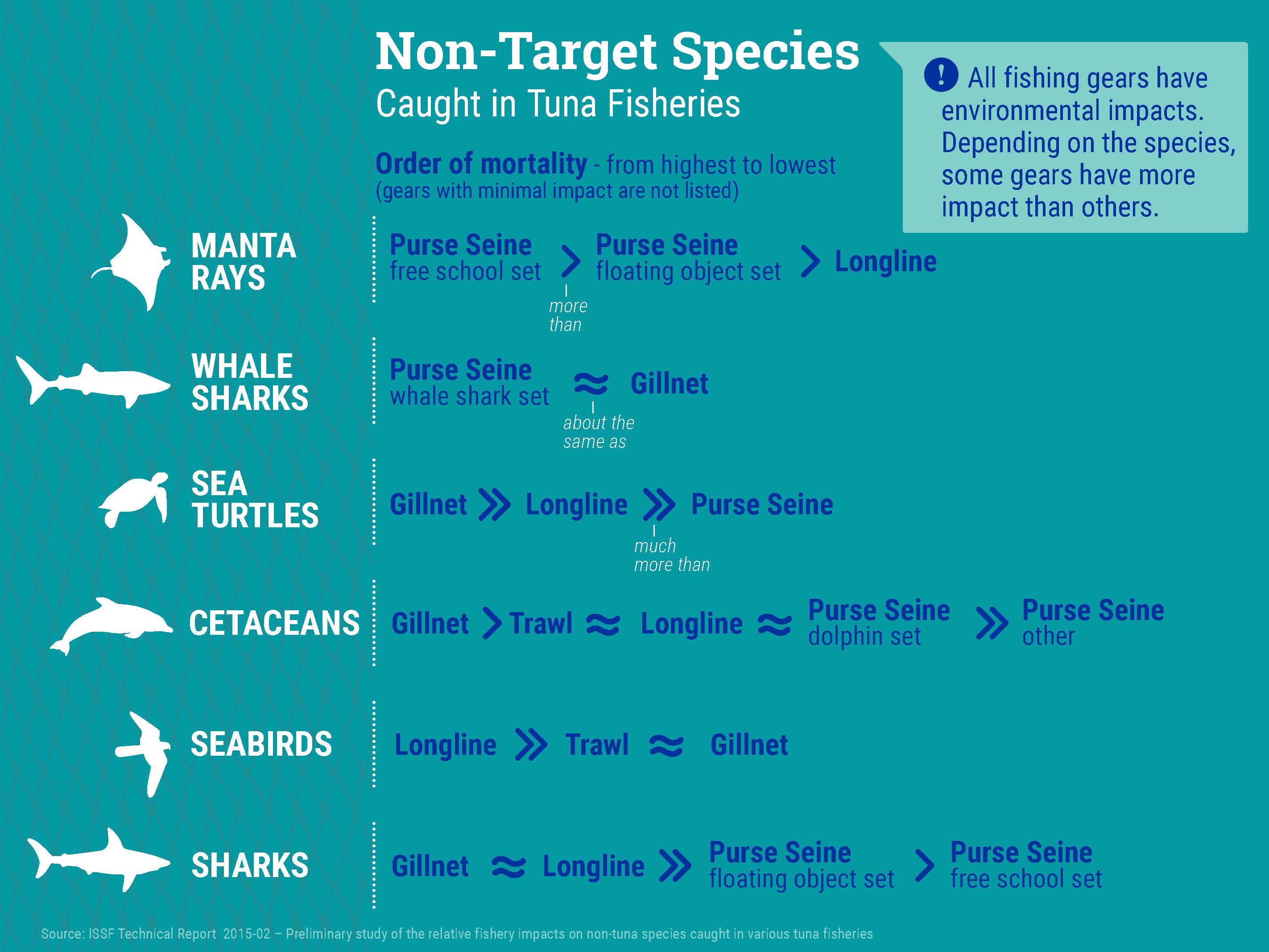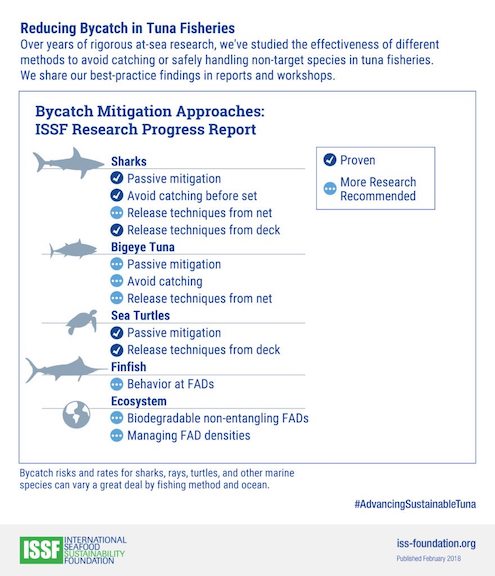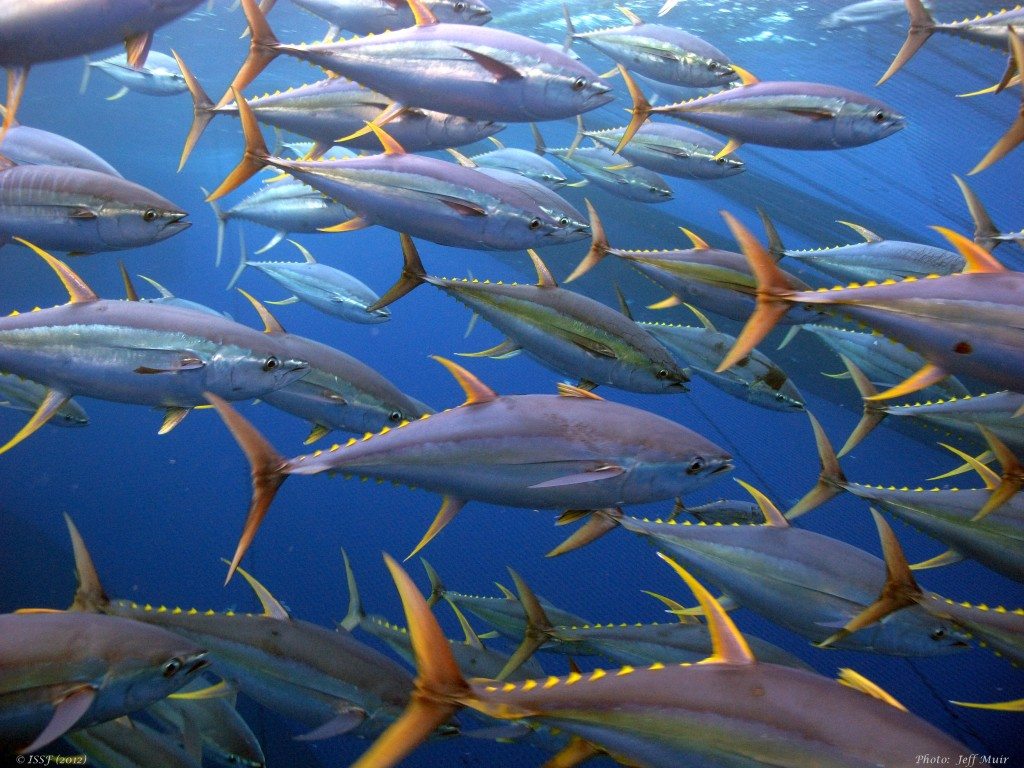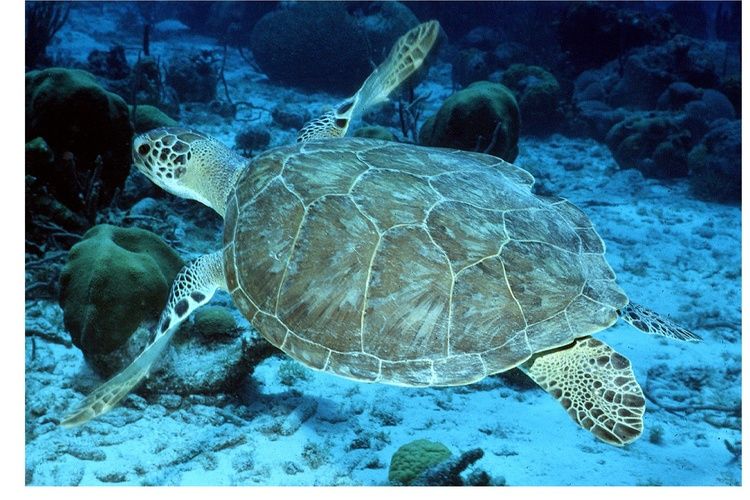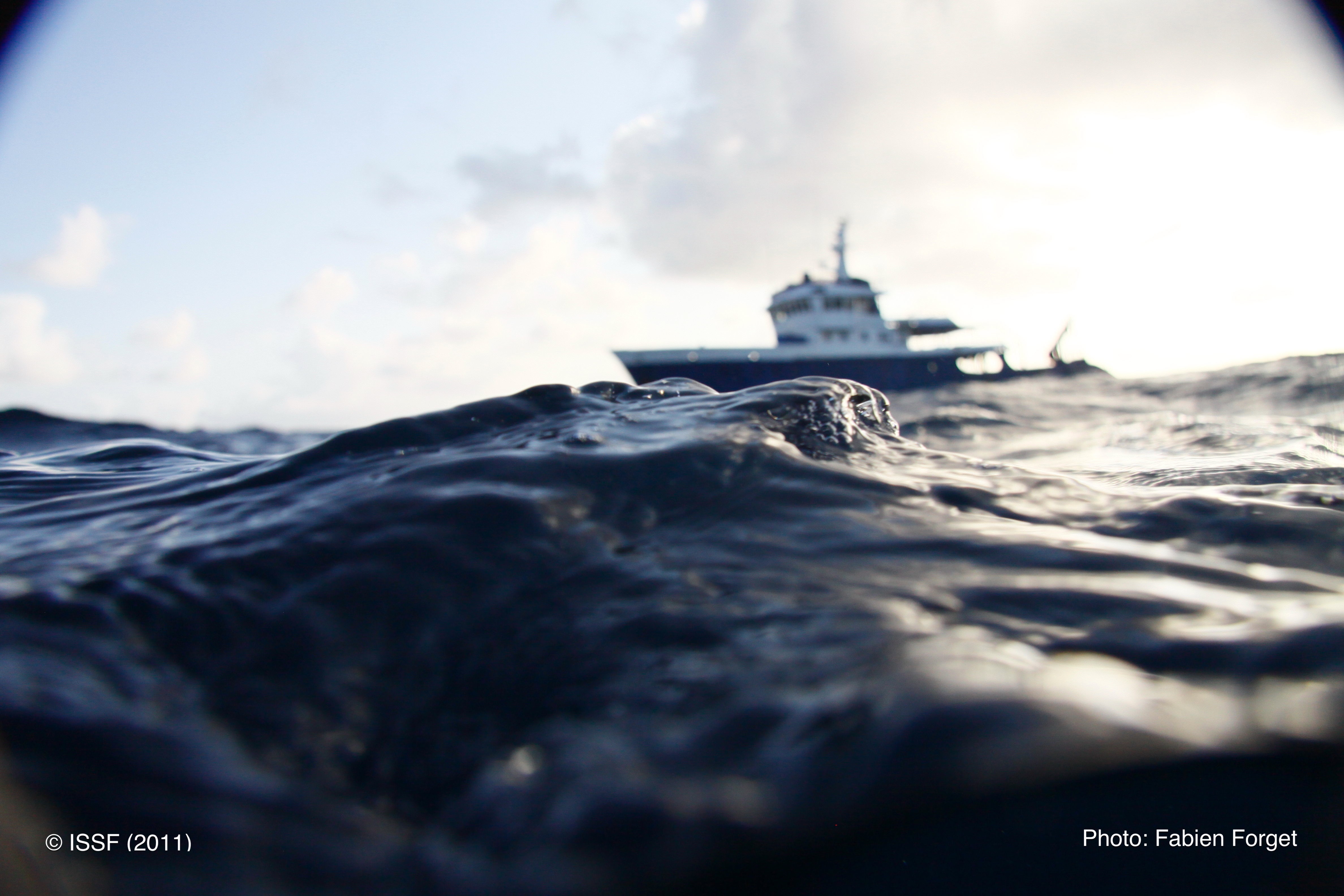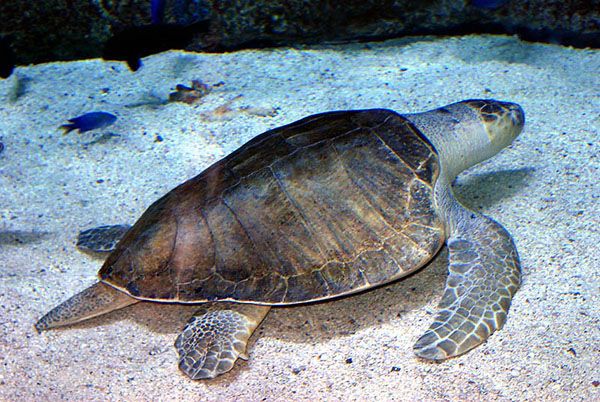
Sea Turtles
ISSF supports multiple initiatives to help track and mitigate the bycatch of sea turtles, especially in longline fisheries. Many sea turtle populations are in decline, including from fishing pressure, and species are protected by national and international treaties and regulations.
When sea turtles are incidentally caught in purse-seine fisheries, their mortality is low: more than 90% can be released alive into the water.
In longline fishing, sea-turtle bycatch rates and survival are greater concerns — and a priority for ISSF and other NGO conservation efforts.
Sea Turtle Bycatch
Our report summarizes risks to sea turtles in tuna fisheries and also reviews tuna RFMO management measures for turtle conservation.
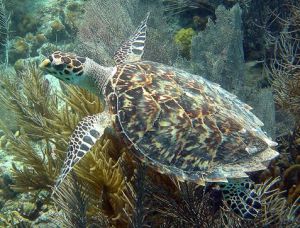
Common Sea Turtle Species in Tuna Fisheries
- Green sea turtles (Chelonia mydas)
- Hawksbill sea turtles (Eretmochelys imbricata)
- Loggerhead sea turtles (Caretta caretta)
- Olive ridley sea turtles (Lepidochelys olivacea)
- Leatherback sea turtles (Dermochelys coriacea)
OUR RESEARCH & ADVOCACY
Turtle Nesting Projects
Among the strategies to help protect sea turtle populations, nesting conservation projects can have one of the largest positive impacts.
Nest destruction represents an additional mortality threat to sea turtles and has many causes, including:
- Over-harvest of eggs for human consumption
- Predation by feral pigs and dogs
- Habitat degradation due to development, deforestation, pollution, and other human activities
ISSF supports sea turtle research, conservation, and educational projects worldwide — including in Brazil, Tanzania, Peru, and Oman — through a more than $100,000 annual fund created by several ISSF participating companies: Bumble Bee, Thai Union/COSI, TriMarine, and StarKist.
Bycatch Prevention Strategies
We have researched tuna fishing’s impacts on sea turtles and reviewed the management measures adopted by RFMOs to mitigate these impacts. Our bycatch management strategy report also defines “inputs” or considerations for mitigating marine turtle bycatch.
Tuna fishers can modify their gear and fishing practices, through “passive mitigation” approaches, to reduce the risk of incidentally catching sea turtles. Longline fishers, for instance, can reduce sea turtle interactions by using wide circle hooks and fish bait to attract tuna, and set hooks at certain depths.
Our netting-free jelly-FAD design can help fishers to avoid the turtle entanglement that is a risk when conventional netting-based FADs are used.
Bycatch Handling & Release Techniques
To help researchers identify and disseminate best practices in sea turtle handling and release, longline tuna fishers and observers have shared their knowledge on effective tools and approaches in ISSF-sponsored workshops.
In ISSF guidebooks, infographics and posters, and scientific reports, we outline steps that fishers can follow to safely untangle or de-hook sea turtles, monitor their rest and recovery on deck, and release them into the water.
We also have compiled turtle species identification resources by ocean.
RFMO Advocacy
To inform Regional Fisheries Management Organization (RFMO) requirements for fleets, ISSF shares science-based recommendations to mitigate sea turtle bycatch through an array of outreach efforts — including position statements to guide RFMO policy discussions.
We also evaluate RFMO FAD management measures, including FAD recovery policies to prevent ghost fishing, that can help to protect sea turtles.
SEA TURTLE CONSERVATION PROJECTS TO DATE
WESTERN PACIFIC OCEAN
- Leatherback Conservation in Bird’s Head Region, Papua Barat, Indonesia* — Turtle monitoring and nest protection year-round at two index beaches; team in 2022 protected 1,443 leatherback nests, which produced an estimated 110,090 hatchlings, and 213 hard-shelled species
- Community-Based Leatherback Conservation in Solomon Islands
- Prevention and Reduction of Marine Turtle Fishery Bycatch in Peru, Ecuador, and Chile* — In 2023, project supports rapid bycatch assessments and bycatch mitigation, including fisher and observer training in safe handling and release techniques, as well as use of LEDs to reduce turtle bycatch
- Hawksbill Conservation in Nicaragua and El Salvador*— Project spans two nesting beaches and two bycatch reduction sites; in 2022, 98% of nests laid were protected, and more than 35,000 hawksbill hatchlings were released
- Monitoring and conservation of sea turtles in the Andaman and Nicobar Islands, India* — Underway since 2011, this project has enabled local community and government programs to carry out sea turtle conservation; program is well established on Little Andaman Island and is expanding to remote Nicobar Islands
- Community based sea turtle conservation in Tanzania* — Project has included advocacy meetings with municipal representatives, education sessions at secondary schools, and awareness activities for 10 villages; in 2023, a Conservation Officer network will lead conservation efforts on 19 nesting beaches in Kigamboni Municipality
- Seychelles Islands Sea Turtle Conservation
- Working with Local Fishermen to Mitigate Loggerhead Bycatch on Masirah Island, Oman
- Sea Turtle Conservation in Brazil* — Local team has protected 1,334 seat turtle nests, including 341 loggerhead nests that produced 18,820 hatchlings, as well as 30km of beaches on the cost of Bahia, the most important loggerhead nesting area in the South Atlantic
- Mitigation of Turtle Meat Consumption on Santiago Island, Cape Verde* — Project funds have supported a radio program with fishers and fishwives, developing an educational video, and outreach awareness materials; the Cape Verde Islands have one of the world’s largest loggerhead nesting populations
*Current project
RELATED RESOURCES
Jelly-FAD Construction Guide
We created an illustrated guide that gives tuna fishers step-by-step instructions for building jelly-FADs — a new model for non-entangling, biodegradable FADs.
Species Identification Guides
Sea Turtle Handling Videos
On our YouTube channel, we offer sea turtle videos for longline fishers in several languages.
These videos demonstrate techniques to safely remove fishing hooks from incidentally caught sea turtles to give them the best chance of survival.
